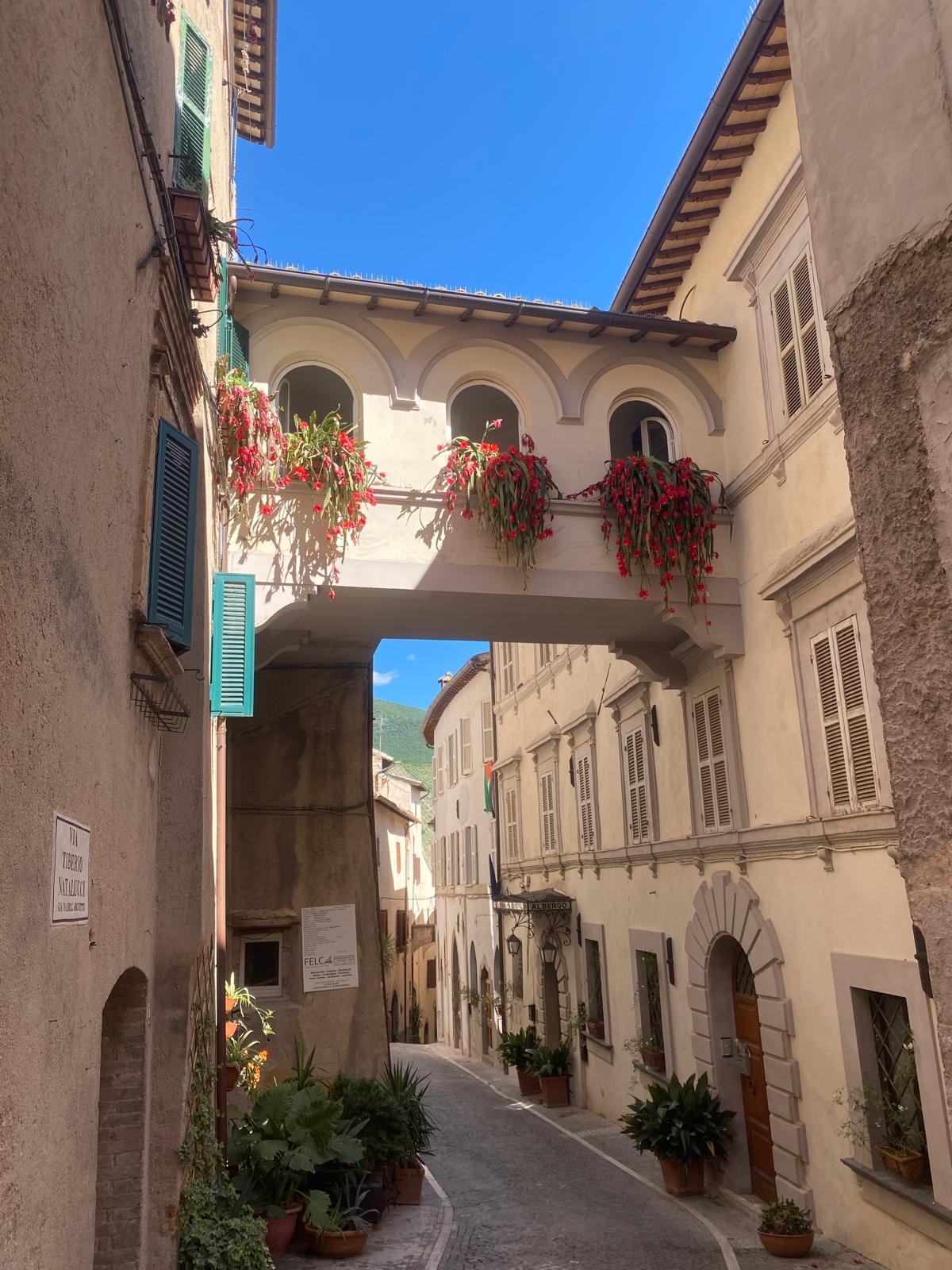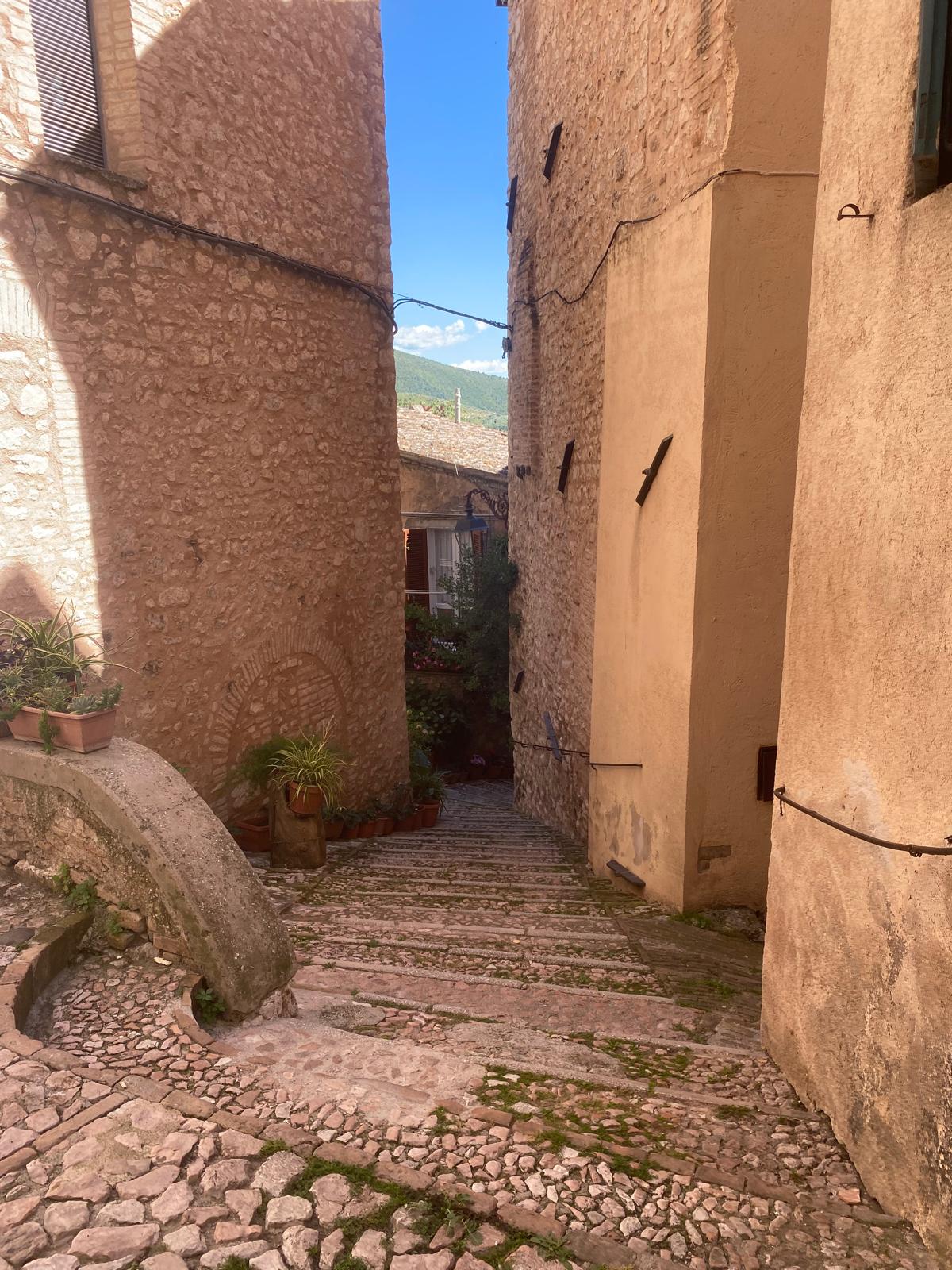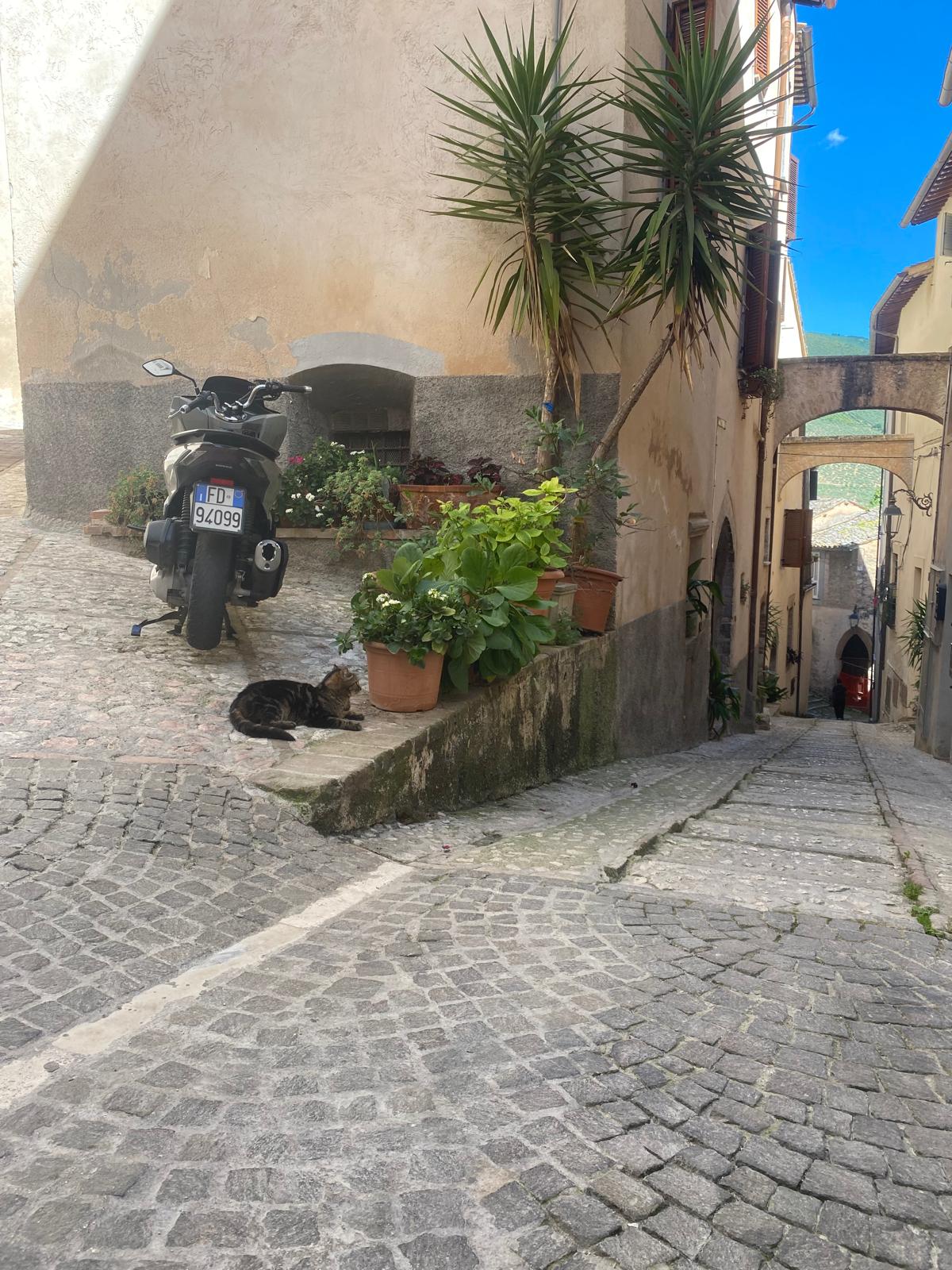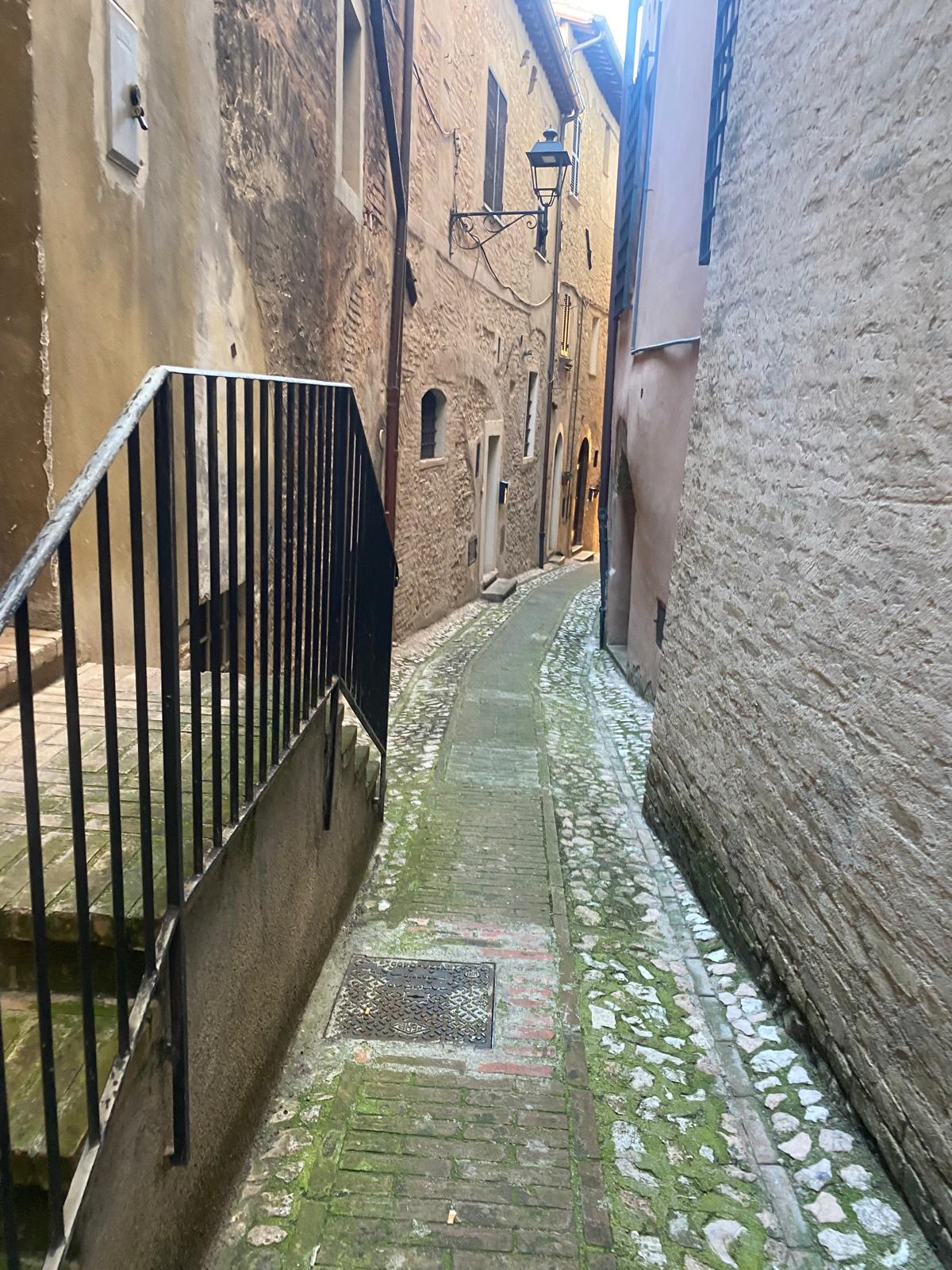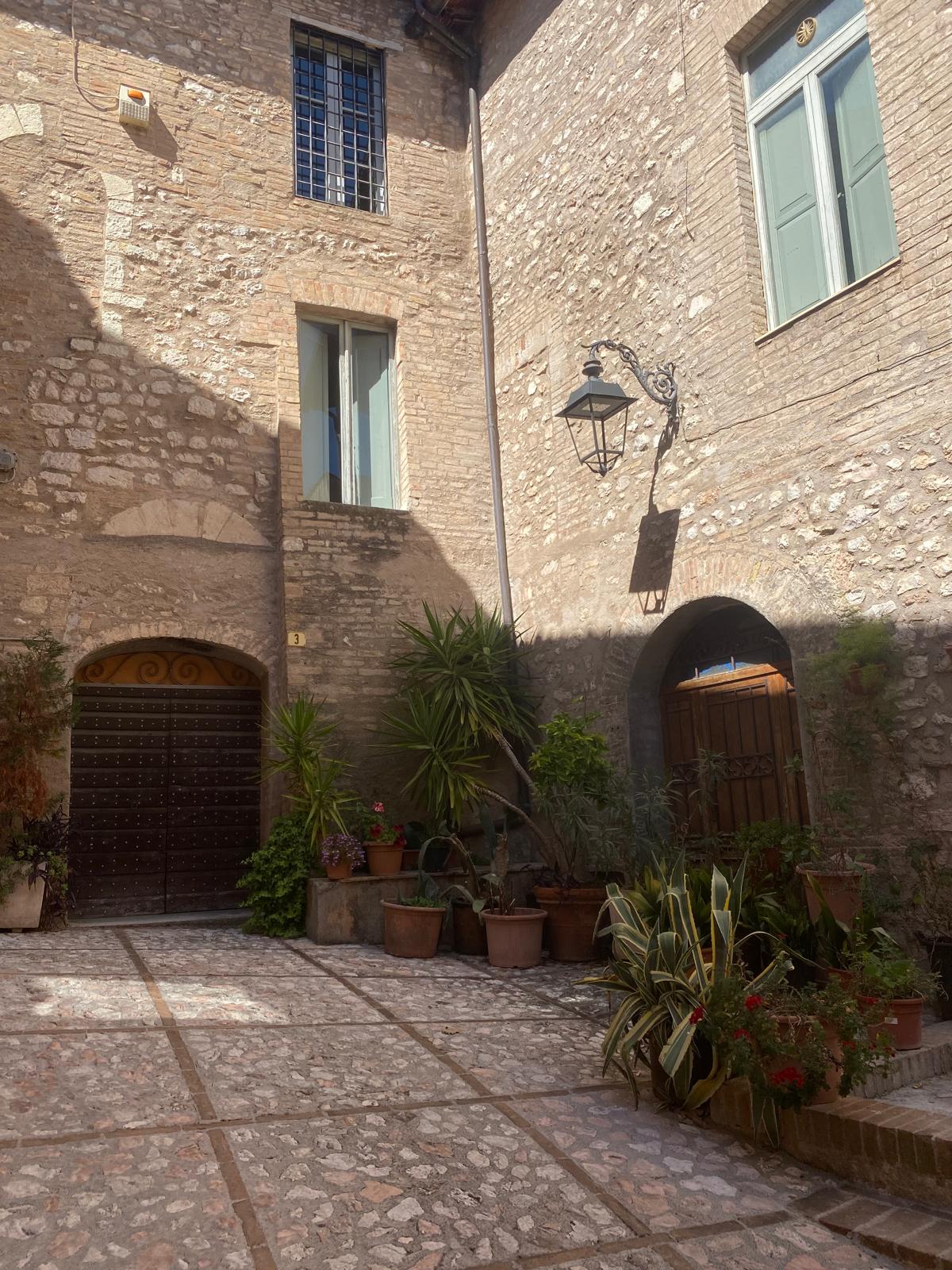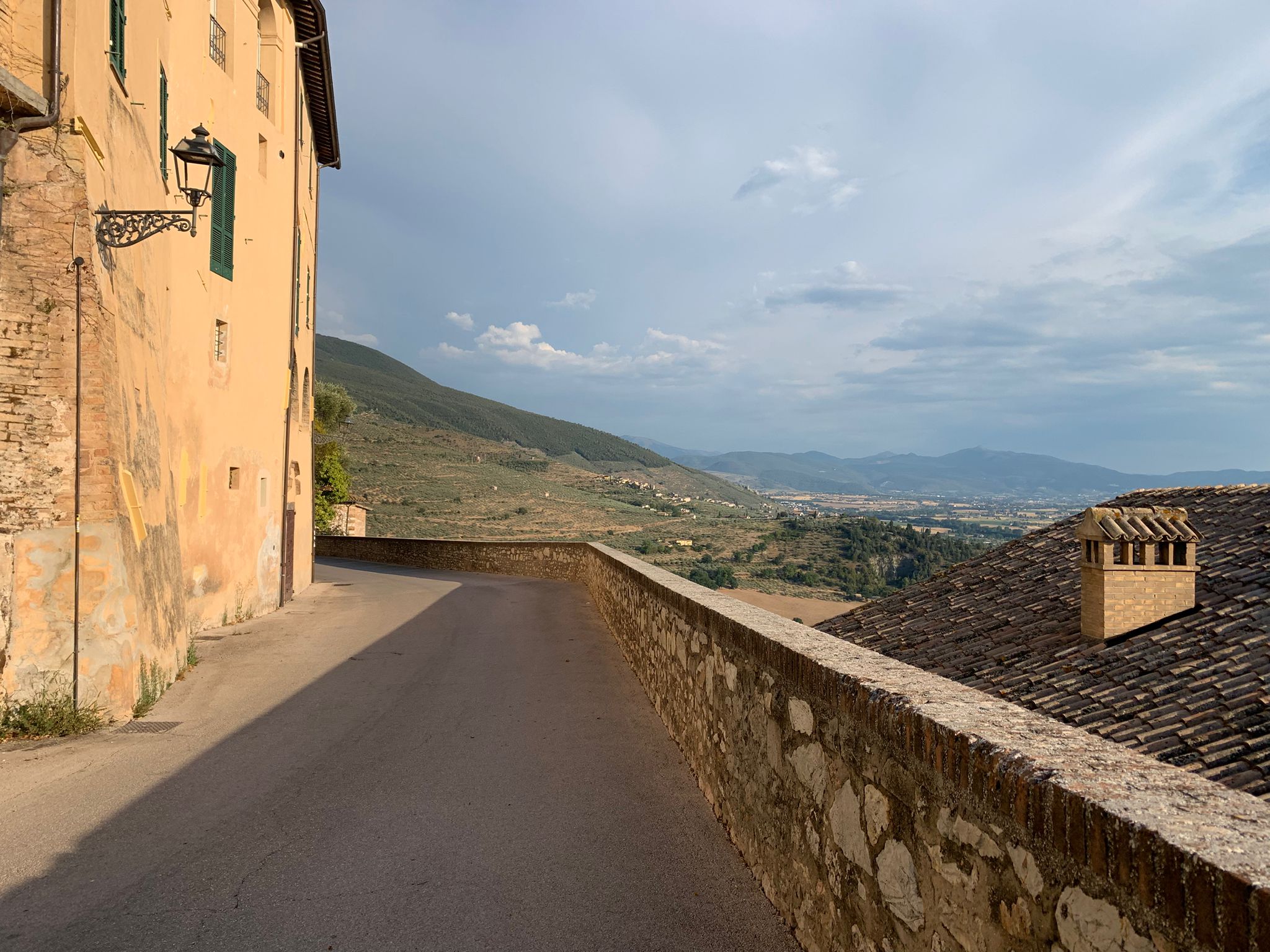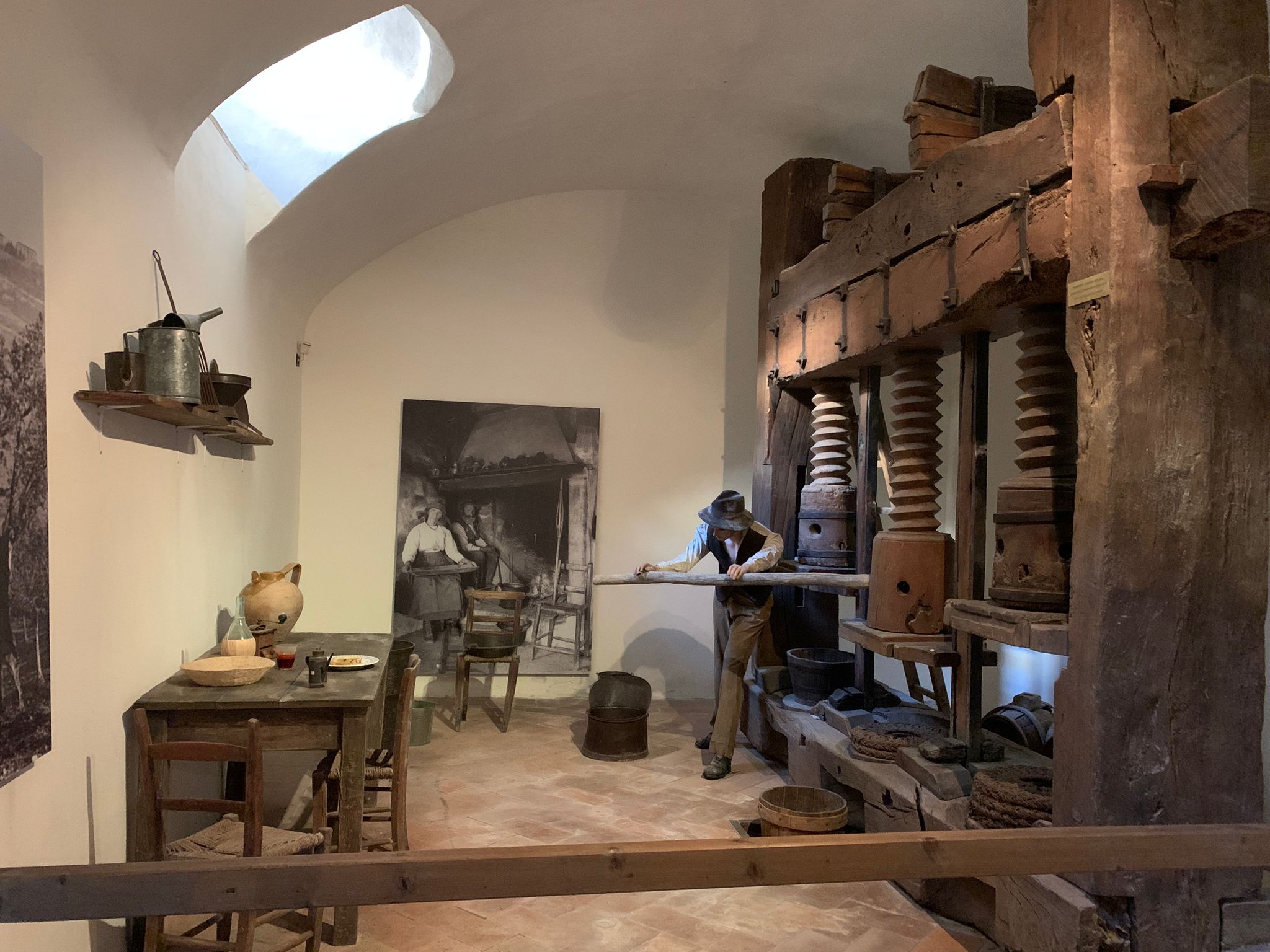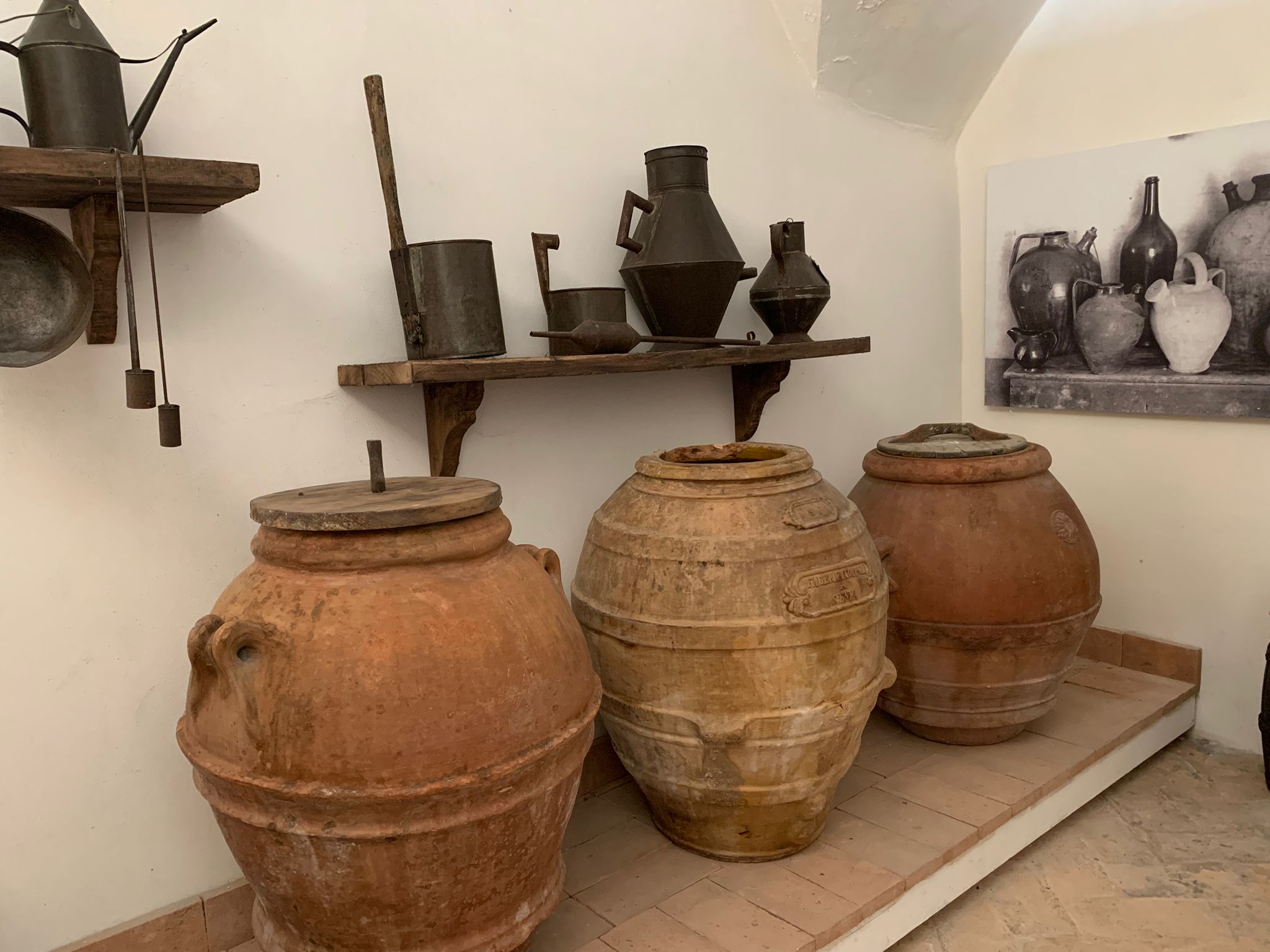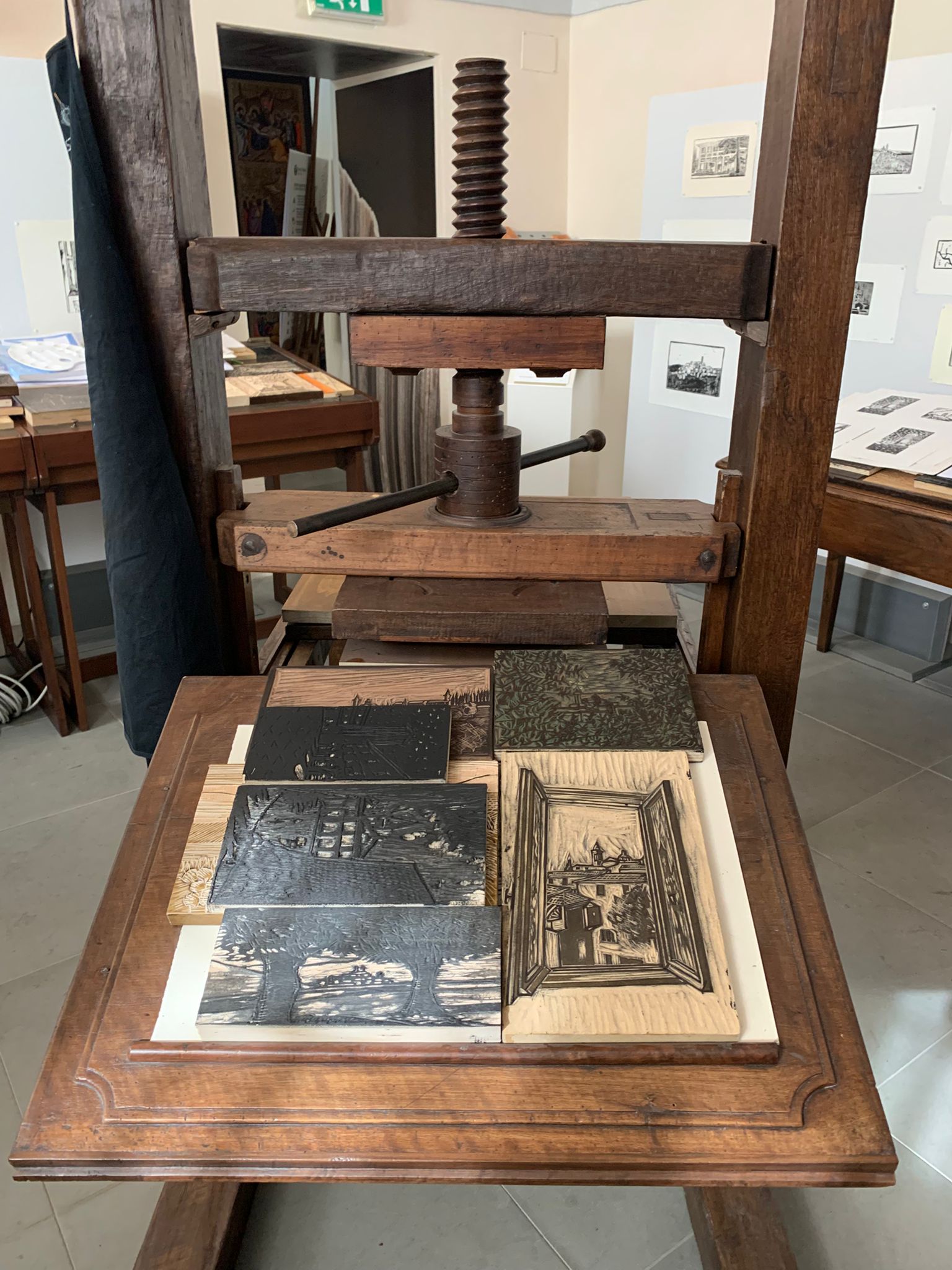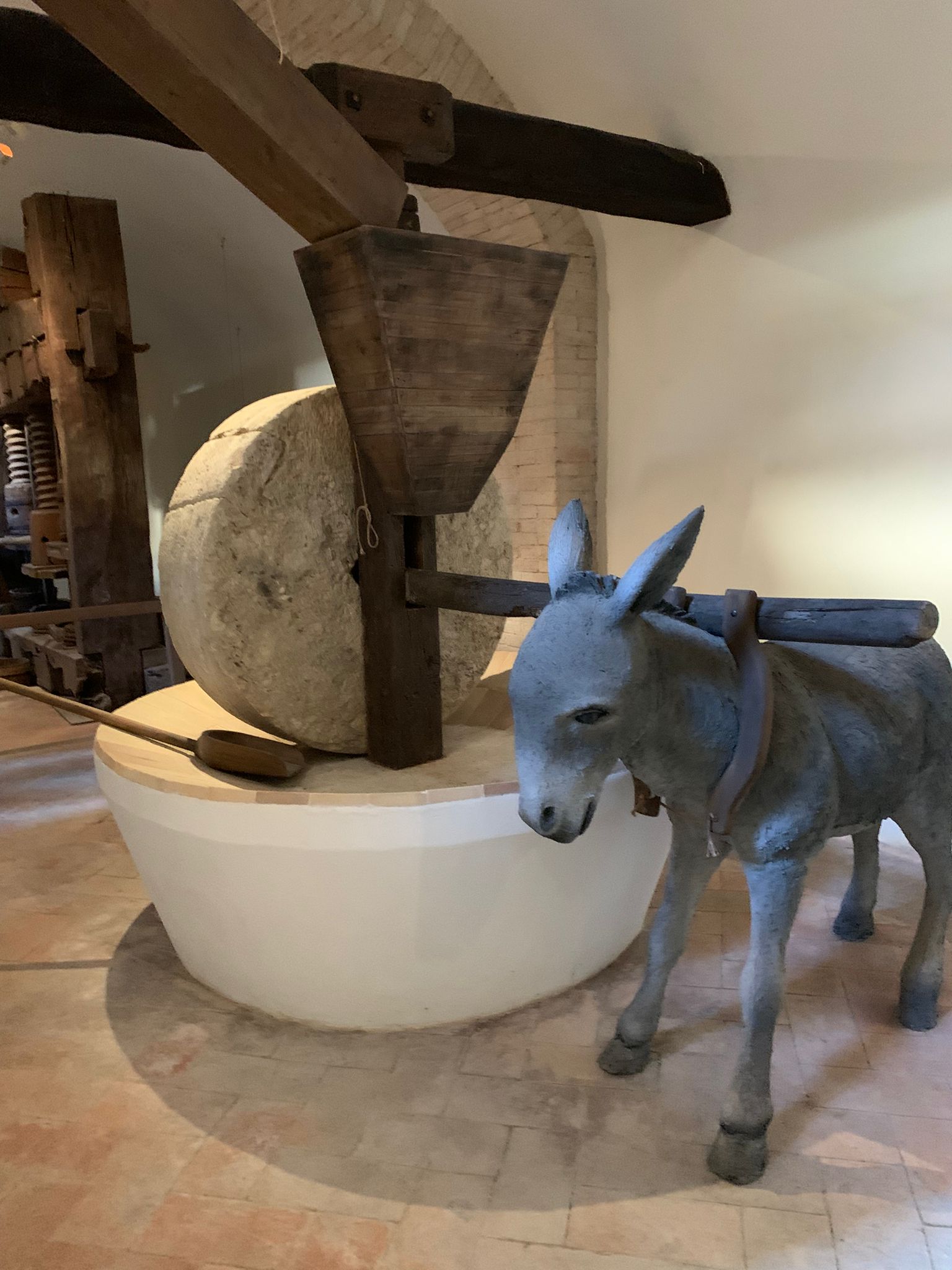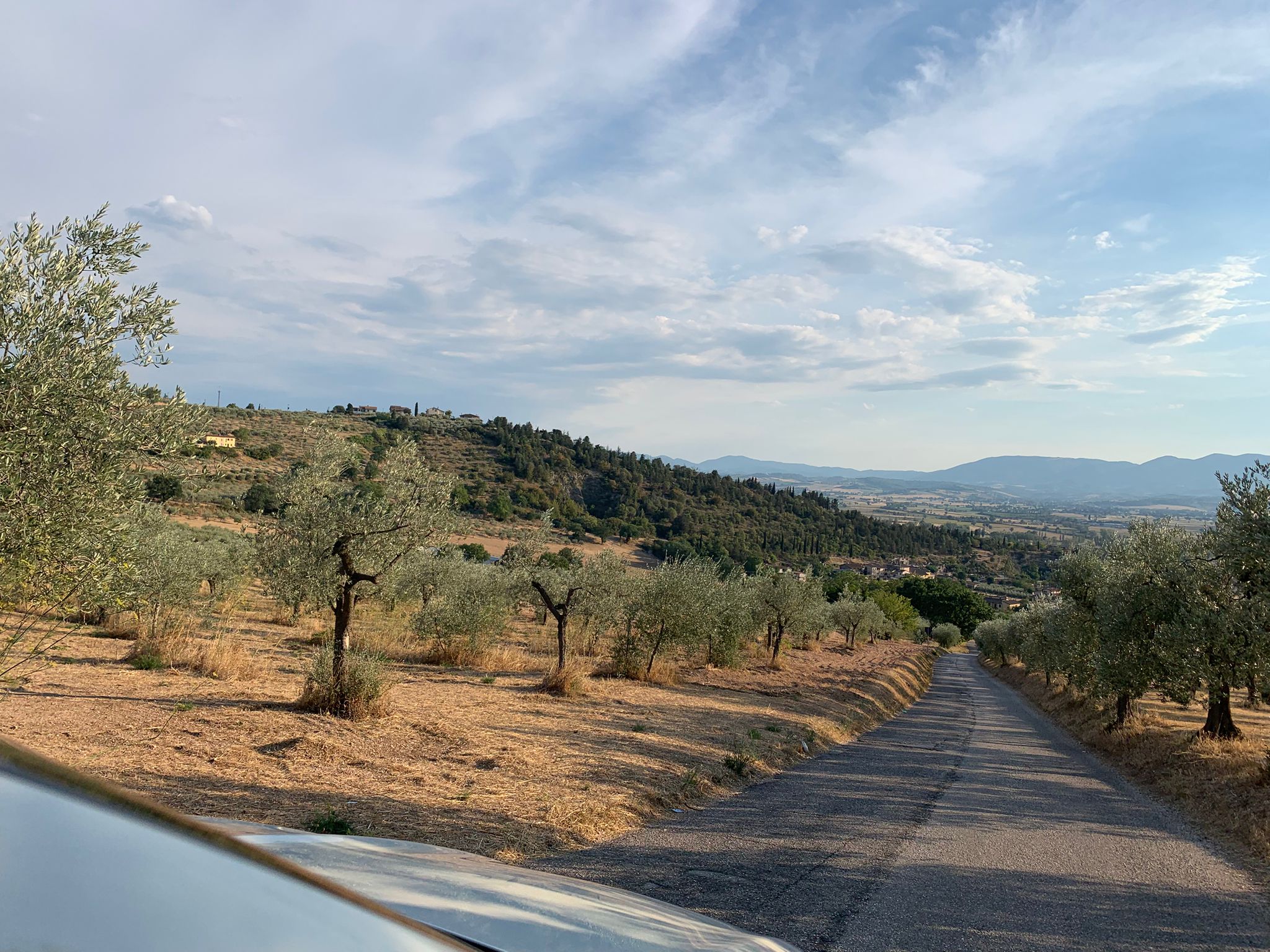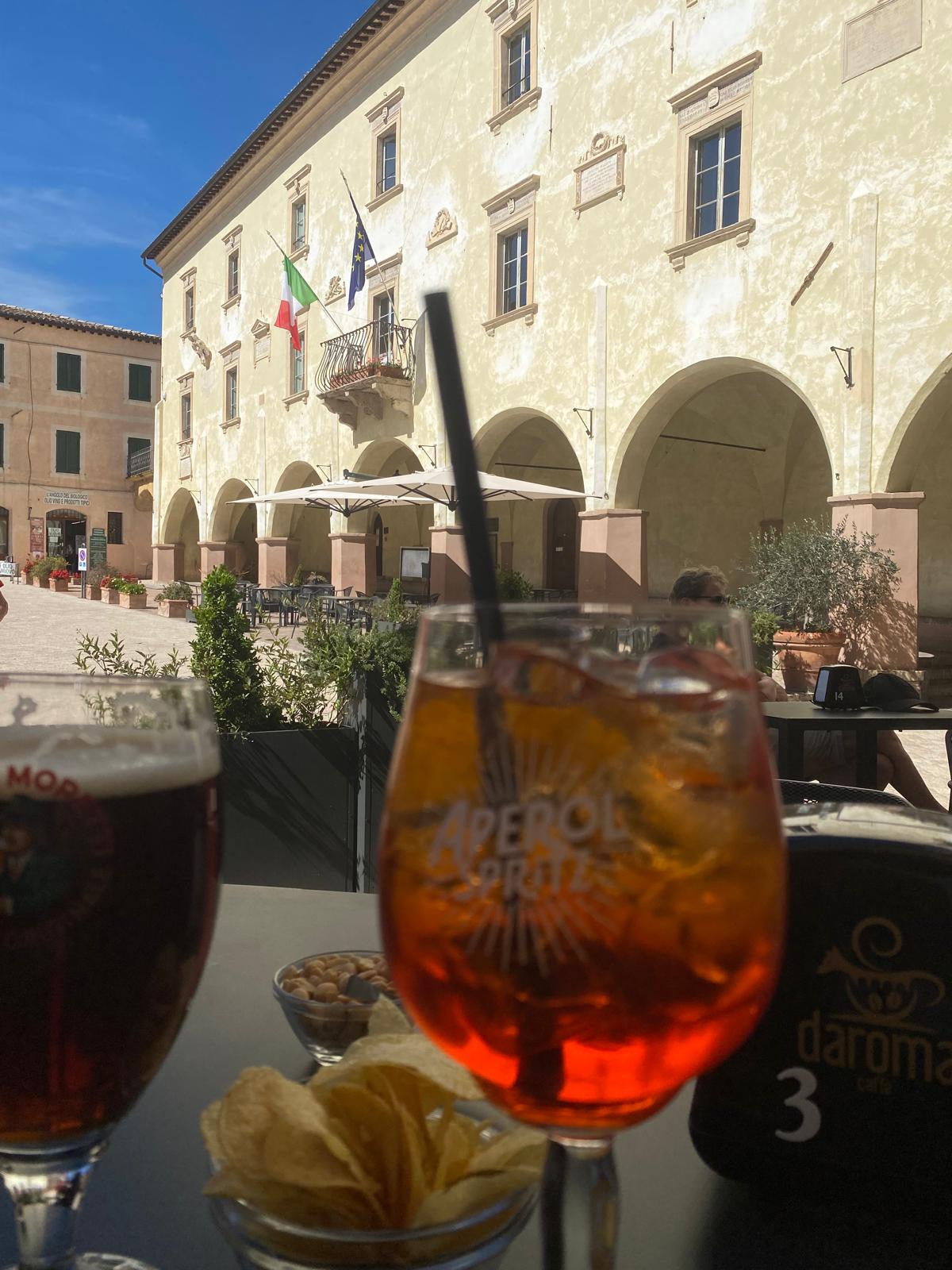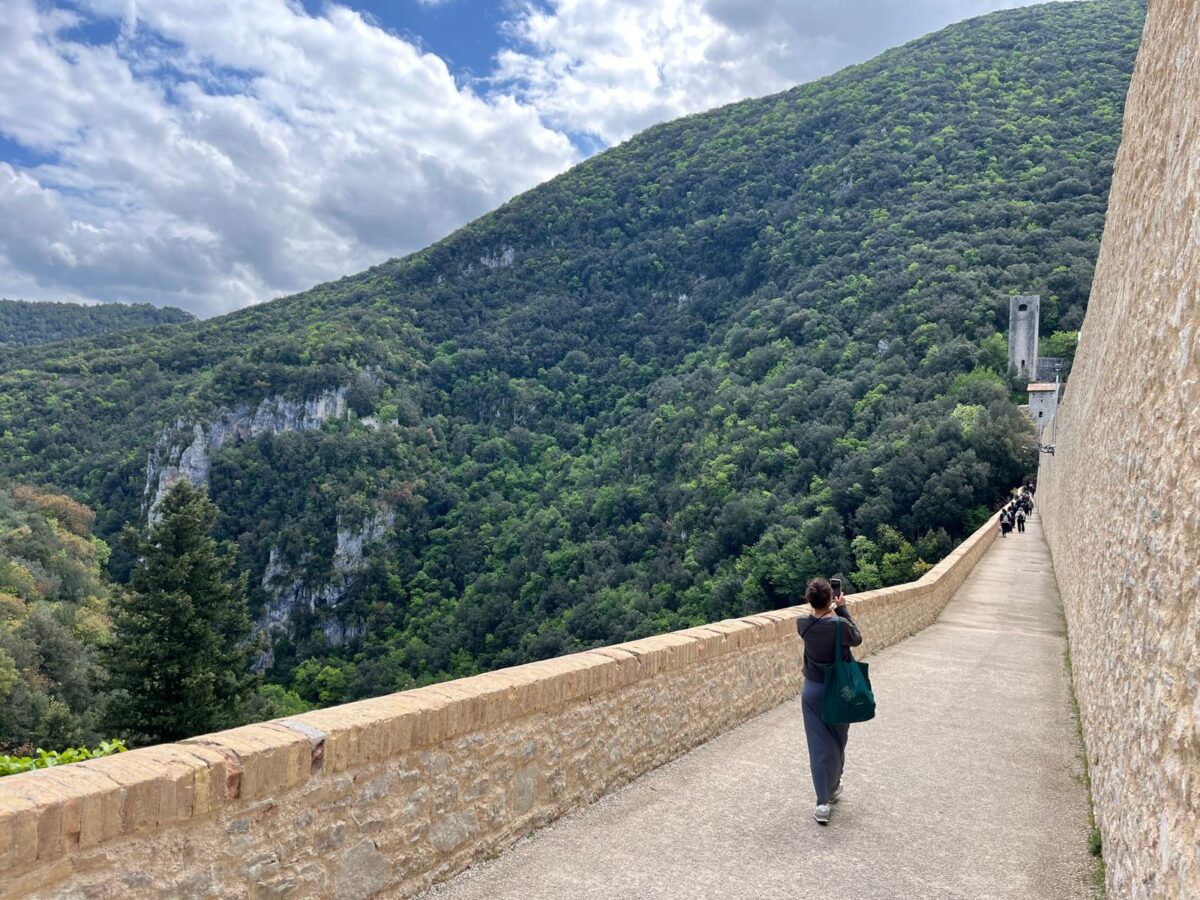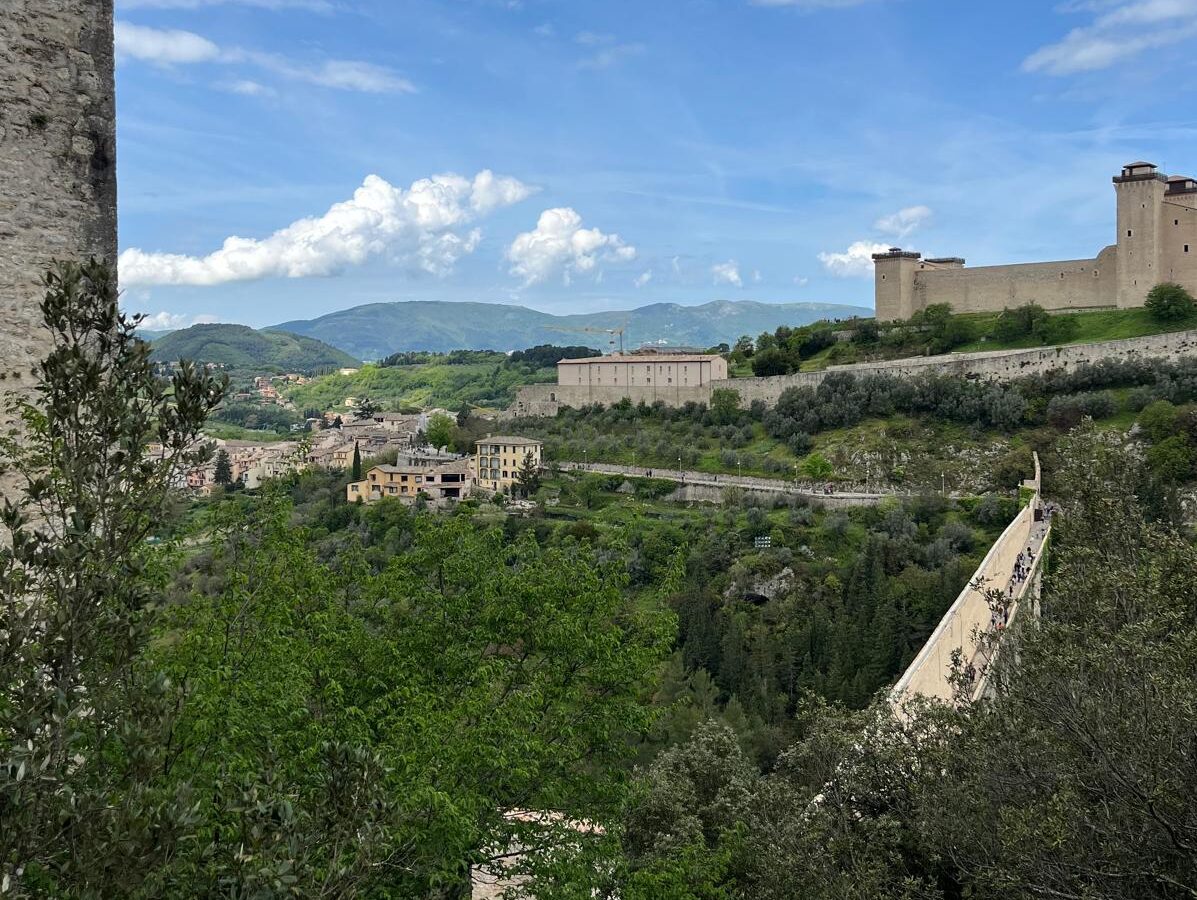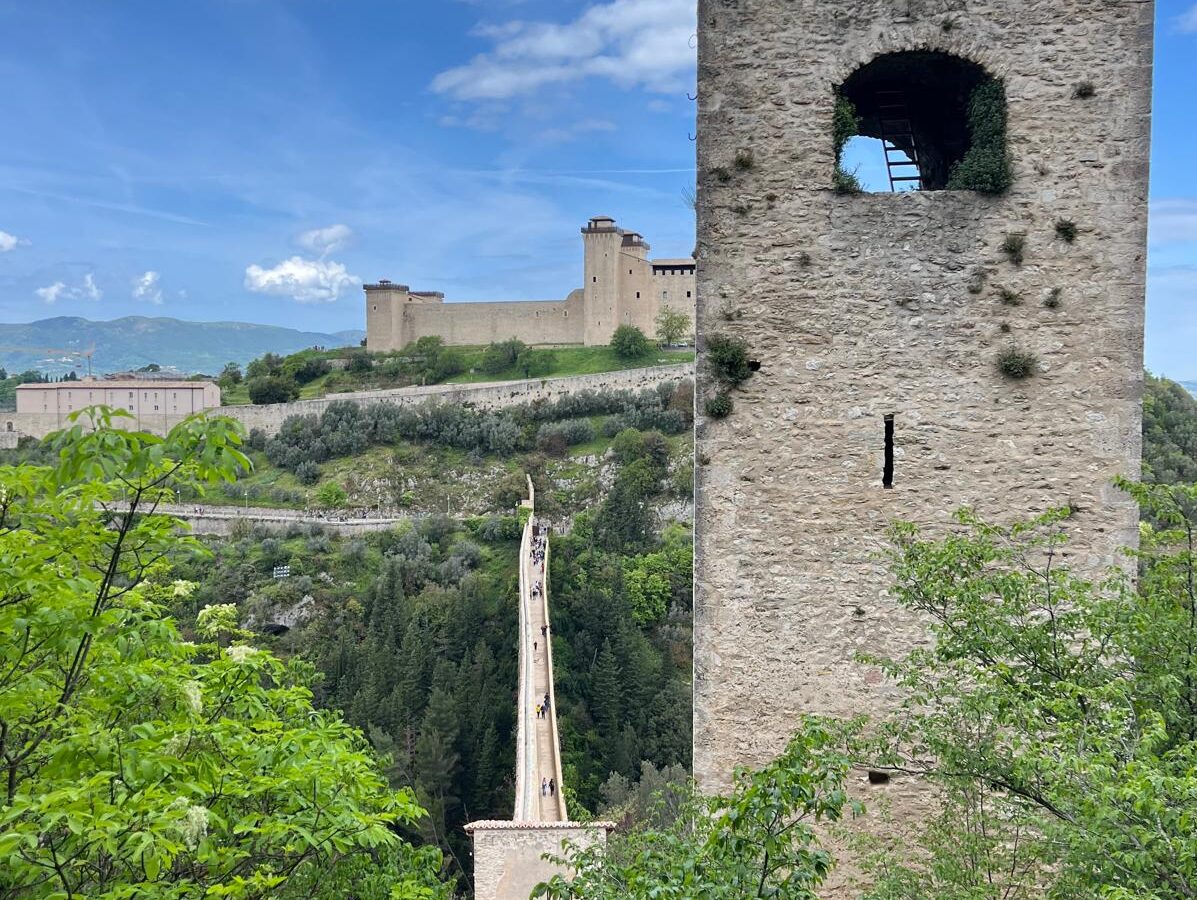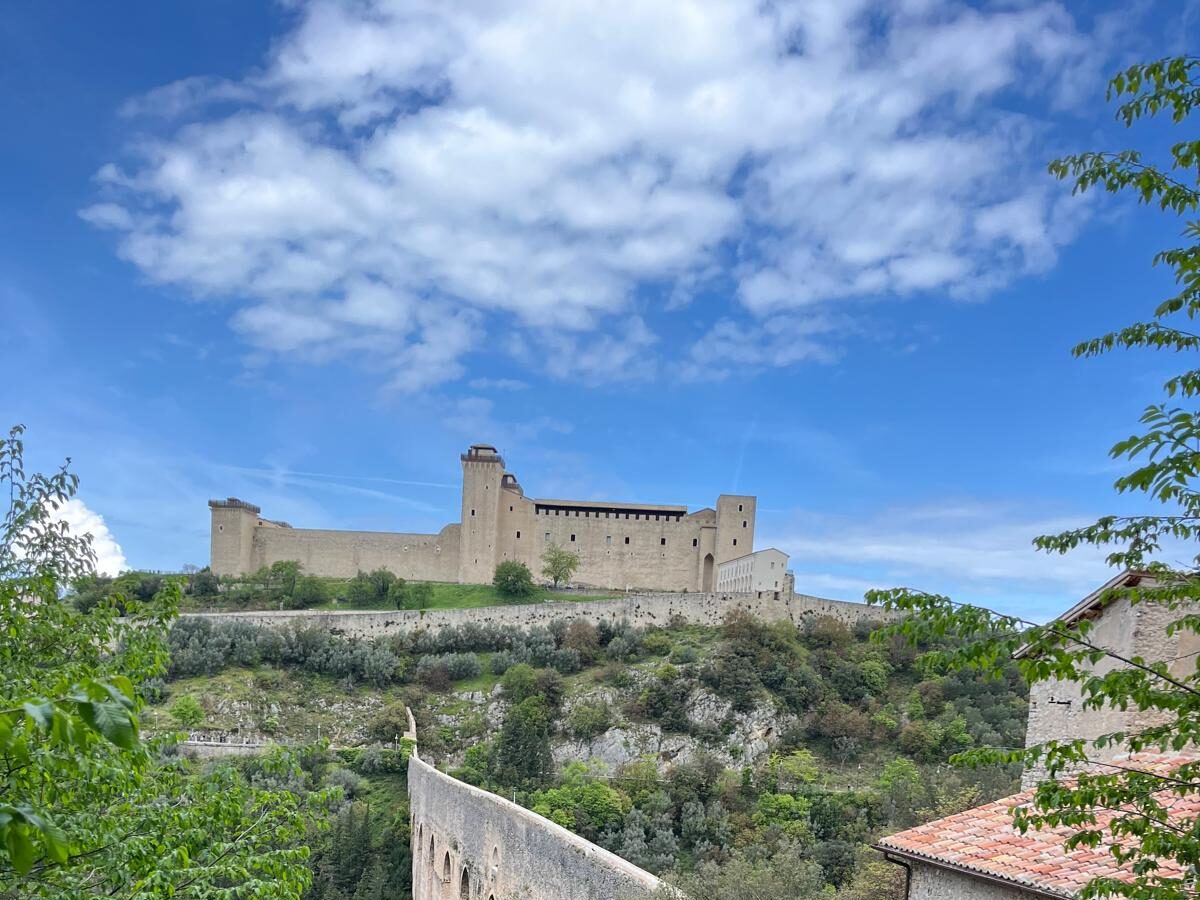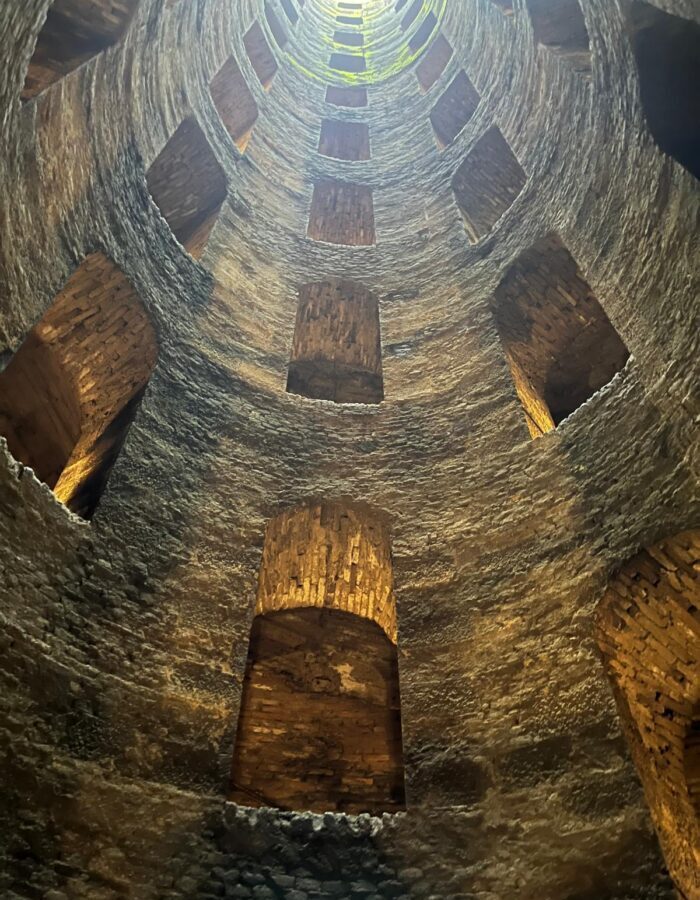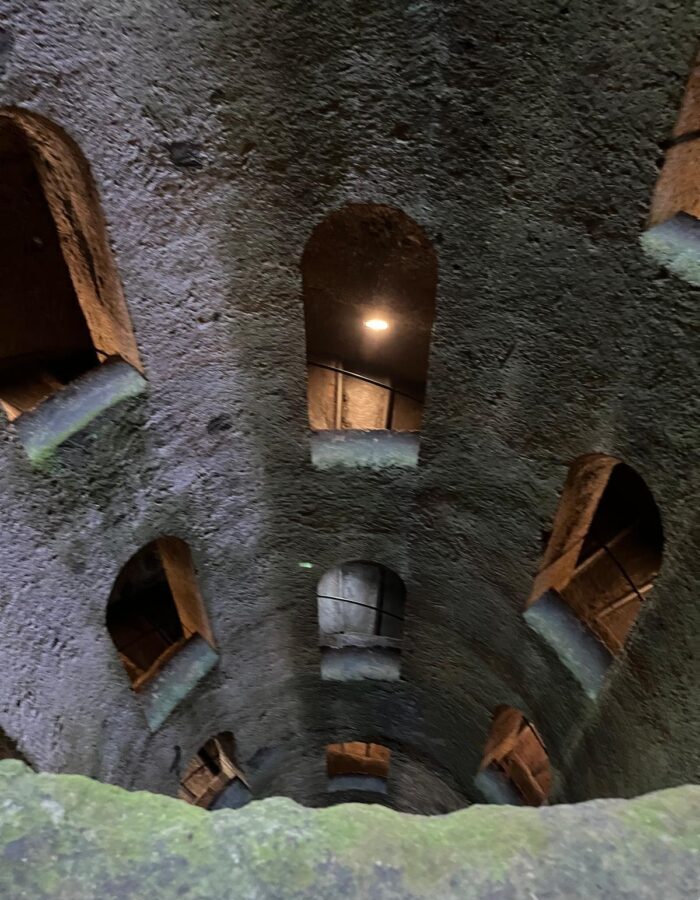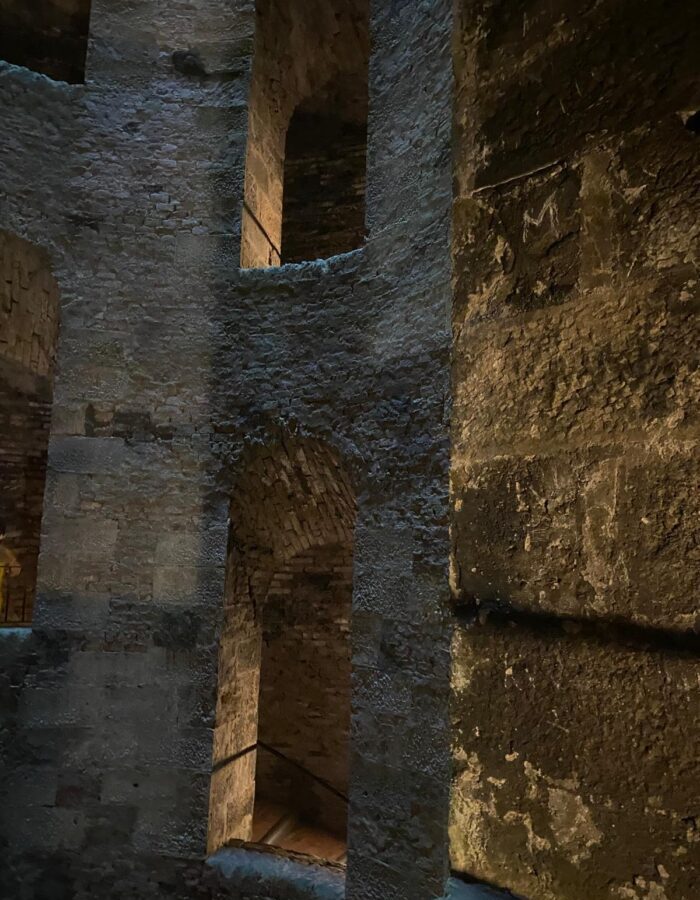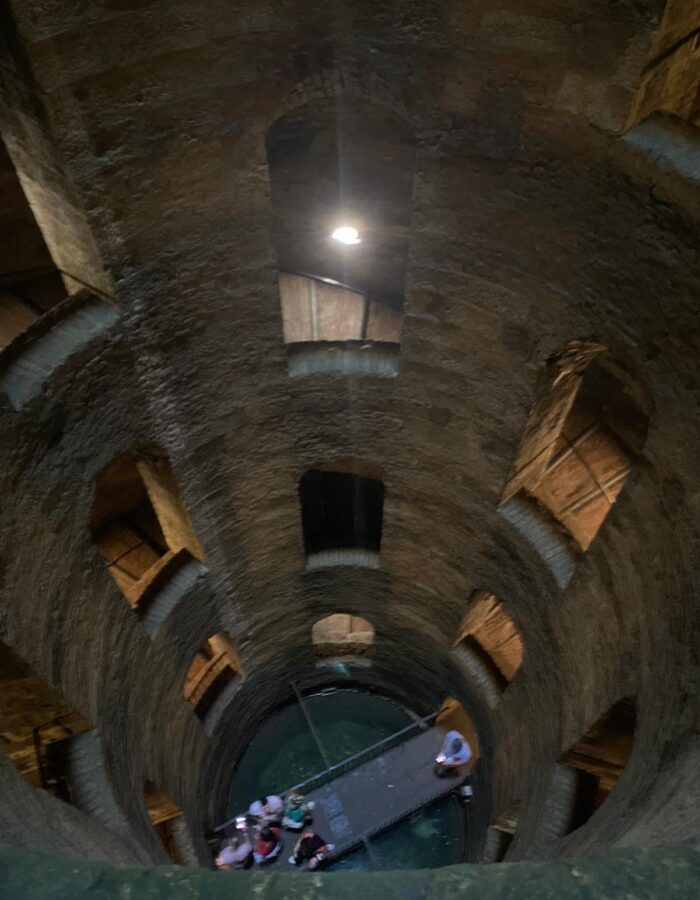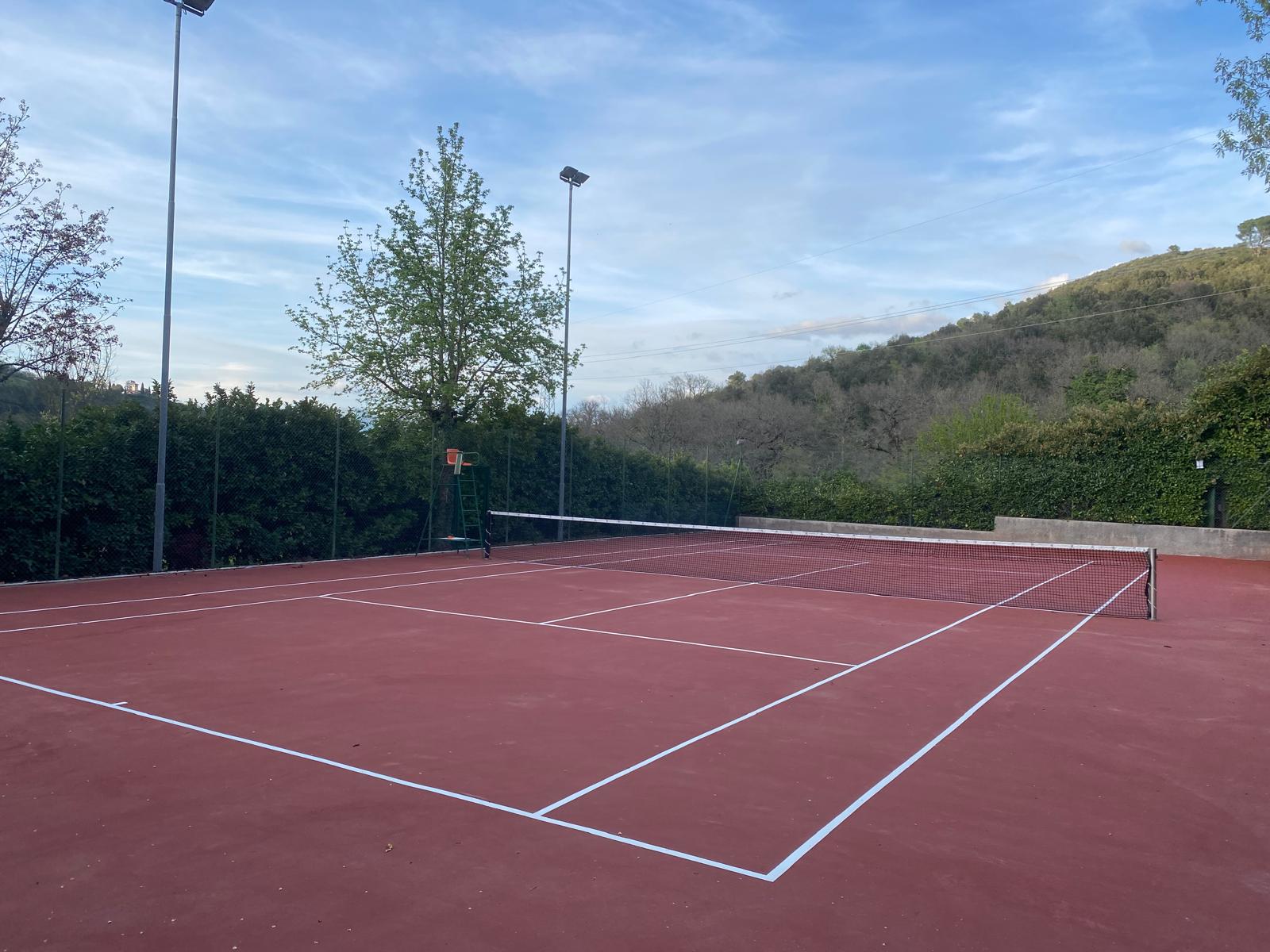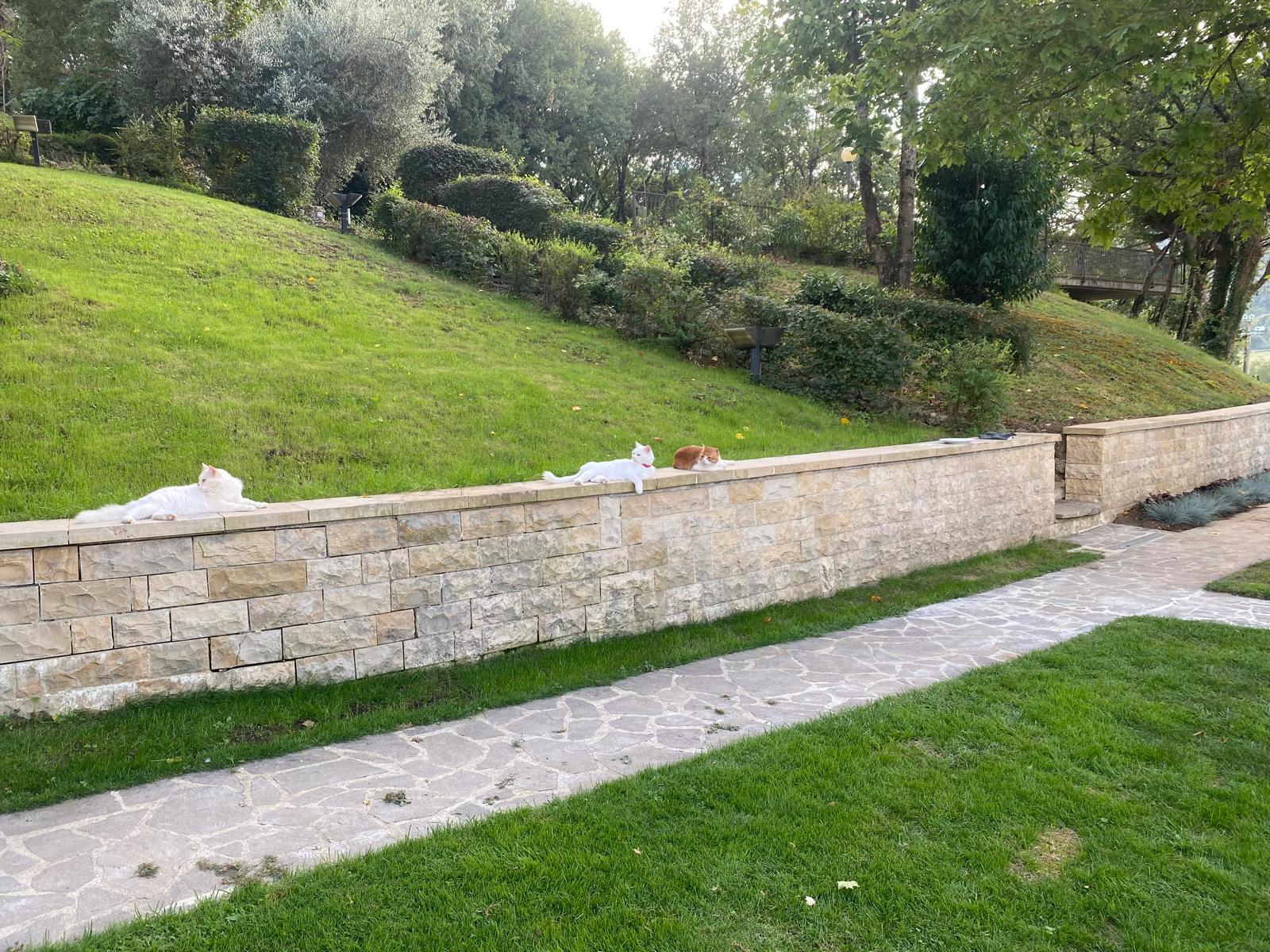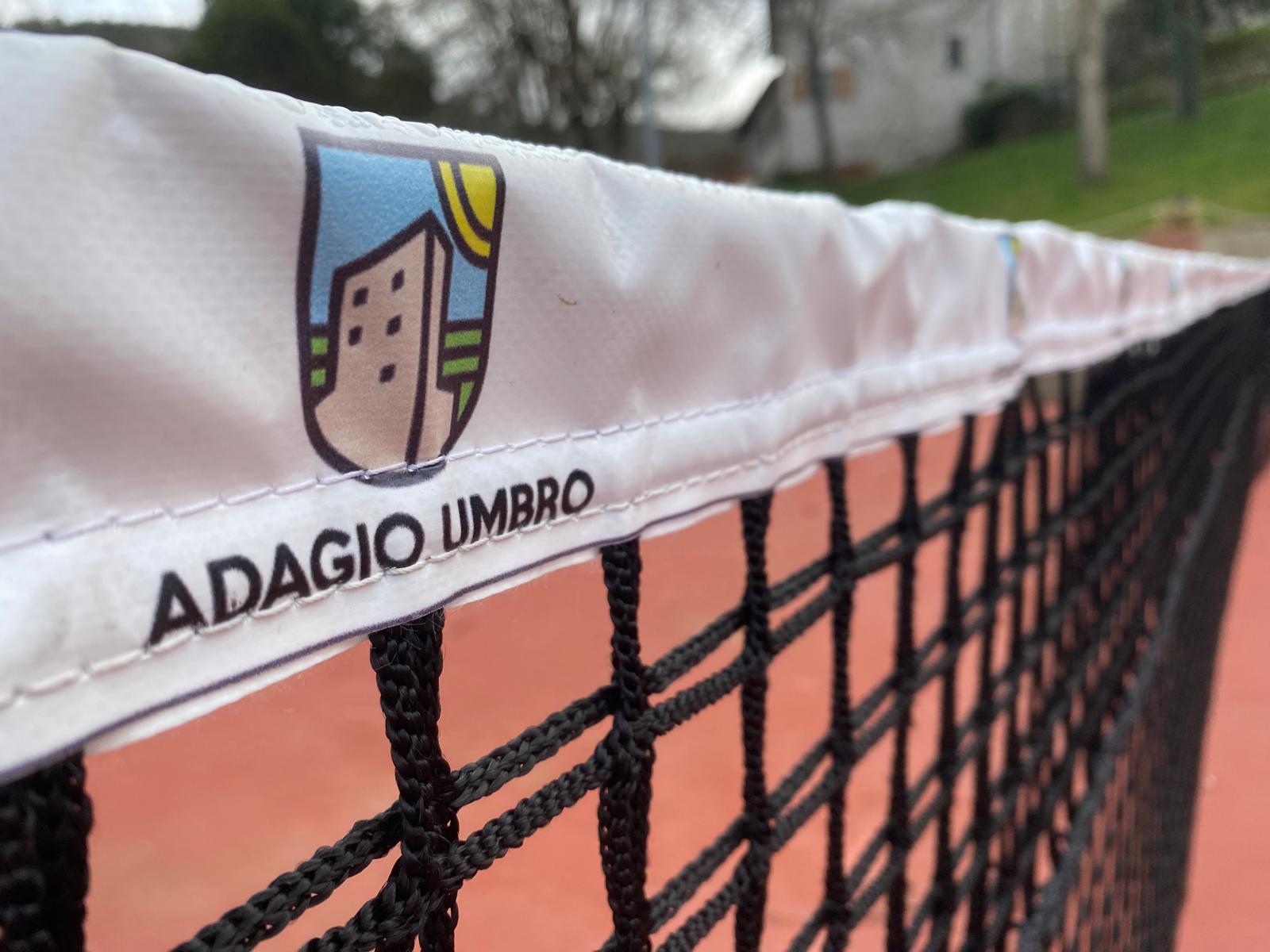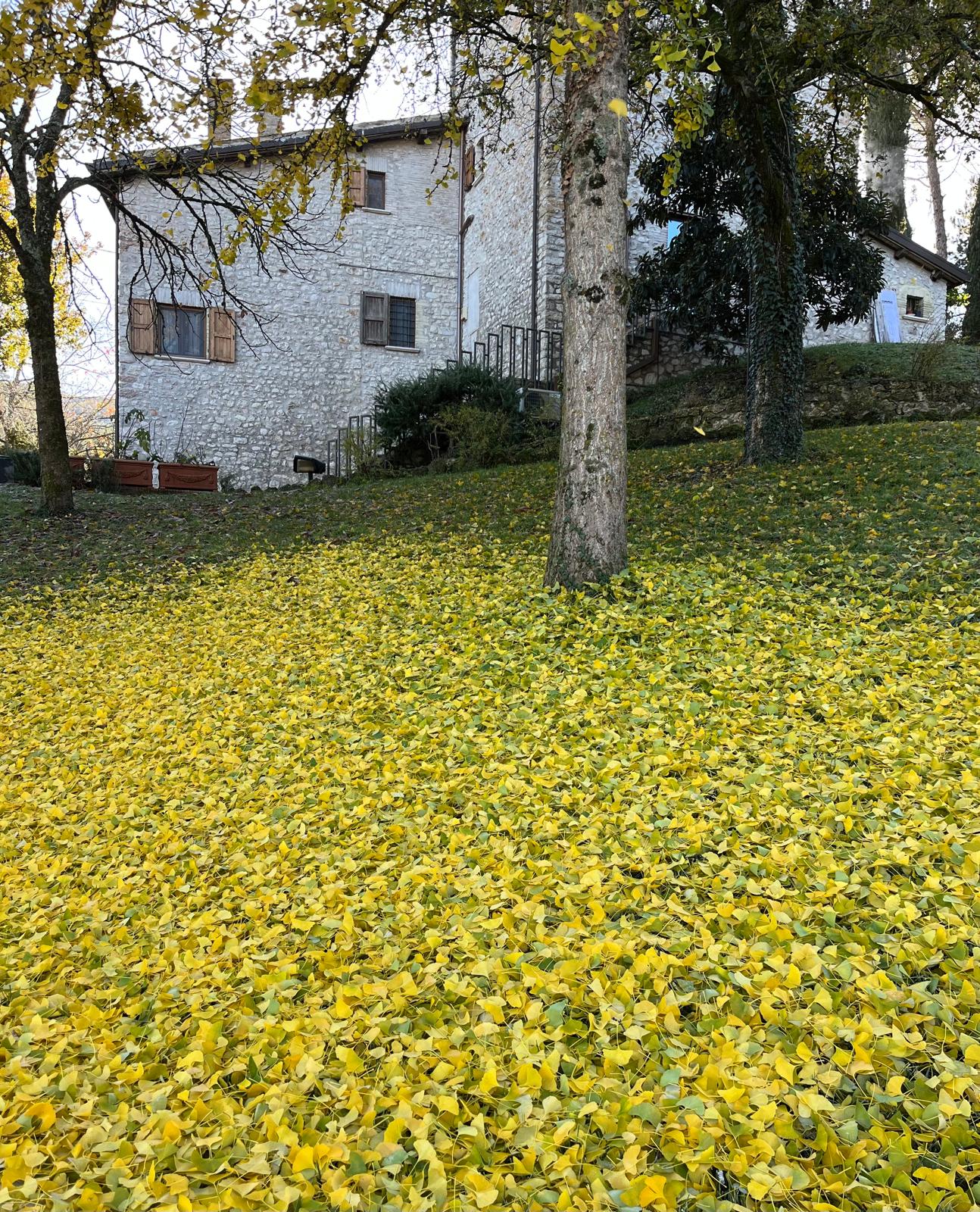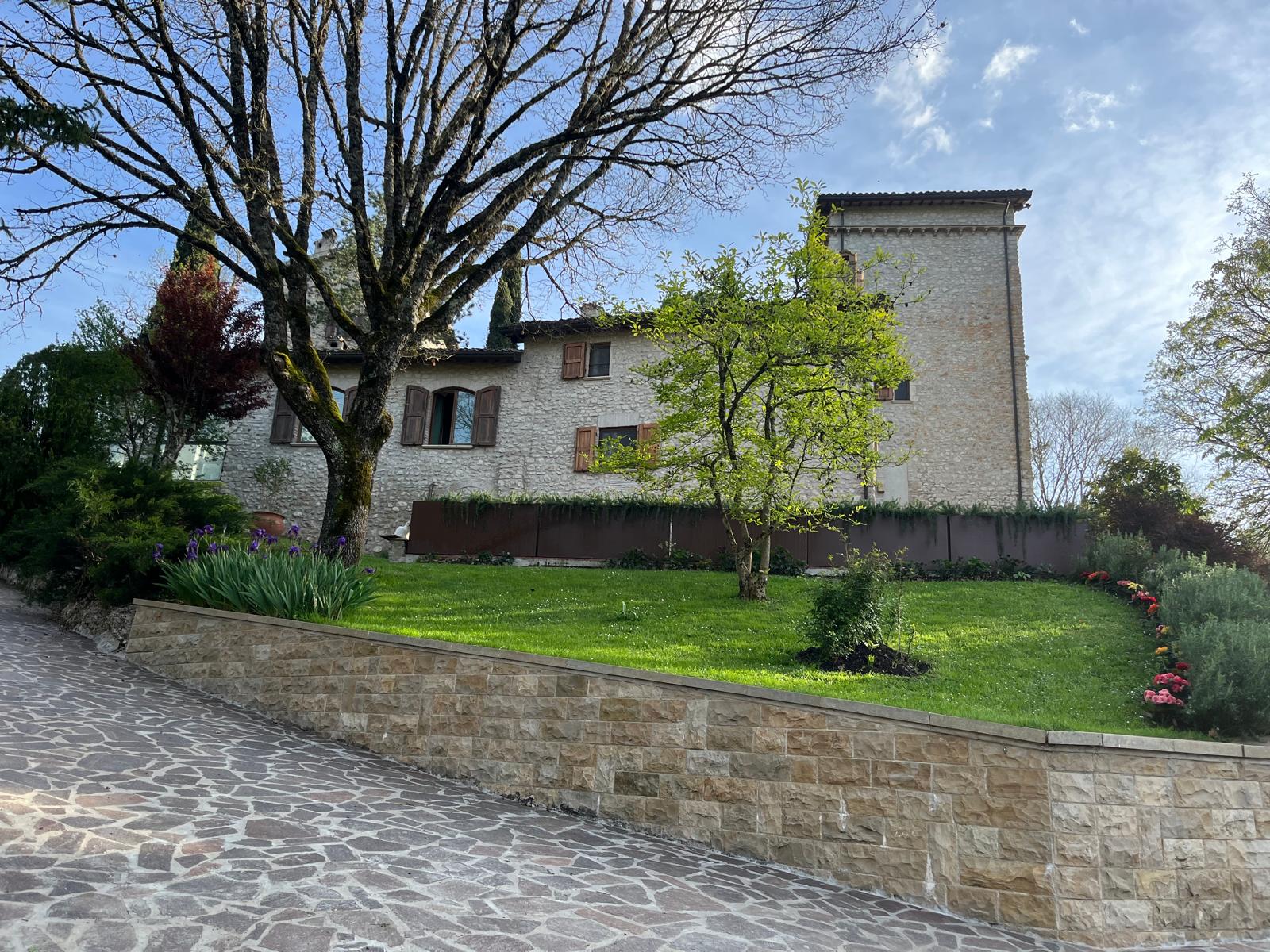What’s the Difference Between a Chiesa, Duomo, Cattedrale, and Basilica?
While exploring the breathtaking towns and hills of Umbria, you’ve likely come across signs pointing to a Chiesa, Duomo, Cattedrale, or Basilica. But what do these words really mean? Are they just synonyms for “church,” or do they indicate something more? Let’s decode these fascinating terms and explore their unique meanings, with real-life examples you can visit across Umbria.
📜 Historical Origins
The term basilica originated in Ancient Rome, describing large public buildings used for gatherings, law courts, and commerce. Early Christians adopted these architectural forms for worship. The word cathedral comes from the Latin cathedra, meaning “bishop’s chair,” signifying the seat of ecclesiastical authority. Duomo stems from domus, meaning “house of God.”
🕍 Chiesa – The General Term for Church
Chiesa simply means “church” in Italian and refers to any Christian place of worship. It can be a tiny countryside chapel or a large city church. Every town in Umbria has several chiese, often centuries old and filled with local artworks and history.
📍 Example in Umbria: Chiesa di San Gregorio Maggiore in Spoleto – an ancient Romanesque church with medieval frescoes and a peaceful cloister.
⛪ Duomo – The Principal Church of a City
A Duomo is the main church of a city or town. It usually coincides with the Cattedrale (Cathedral), but not always. The term “duomo” comes from the Latin domus, meaning “house (of God).” It is a civic and religious symbol, often lavishly decorated.
📍 Example in Umbria: Duomo di Spoleto (Cattedrale di Santa Maria Assunta) – a masterpiece of Romanesque architecture set against the scenic hills of Spoleto.
🏰 Cattedrale – Where the Bishop Resides
A Cattedrale is officially the seat of a bishop. That’s what distinguishes it from other churches: the presence of the bishop’s chair or cathedra. Every diocese has one cattedrale, and it is usually also referred to as the Duomo in common speech.
📍 Example in Umbria: Cattedrale di San Lorenzo in Perugia – a Gothic-style cathedral with beautiful frescoes and underground Roman ruins.
🏛️ Basilica – Honored by the Pope
A Basilica is a title of honor given by the Pope to churches of historical, spiritual, or architectural significance. Basilicas can be major (like those in Rome) or minor (like many across Italy). They often hold important relics, host pilgrimages, or play a vital role in the Church’s history.
📍 Example in Umbria: Basilica di San Francesco in Assisi – the world-famous sanctuary housing the tomb of Saint Francis, a UNESCO World Heritage site and spiritual heart of Umbria.
📅 Religious and Cultural Events to Experience in Umbria
Whether you’re drawn to ancient rituals, spiritual celebrations, or world-class performances under the stars, Umbria offers a vibrant calendar of events throughout the year. Below are some of the most meaningful and entertaining festivals — both religious and cultural — that you can enjoy during your visit.
🙏 Religious Festivals
- Festa di San Costanzo (January, Perugia): Celebrated at the Cattedrale di San Lorenzo, this feast honors one of Perugia’s patron saints with a religious procession and traditional sweet buns called torcolo di San Costanzo.
- Calendimaggio (May, Assisi): Though rooted in medieval tradition, this spring festival honors the spirit of renewal and Saint Francis with music, parades, and competitions between the city’s ancient districts near the Basilica di San Francesco.
- Corpus Domini (June, Spello): Famous for the Infiorate, this celebration features breathtaking floral carpets laid throughout the streets for a solemn Eucharistic procession. Local churches host special masses and blessings.
🎭 Cultural Summer Events
- Festival dei Due Mondi (June–July, Spoleto): One of Europe’s most acclaimed performing arts festivals. Enjoy opera, ballet, classical concerts, and modern theatre in stunning venues including the Duomo di Spoleto.
- Umbria Jazz (July, Perugia): A must for music lovers. The city comes alive with international jazz artists, open-air stages, and pop-up performances throughout the medieval streets.
- Palio dei Terzieri (August, Città della Pieve): Step back into the Renaissance during this historic archery tournament and medieval pageant. The town transforms with flags, costumes, and traditional food stalls.
🧭 Visit with Respect – Tips for Entering Churches
- Wear modest clothing (cover shoulders and knees).
- Keep silent or speak softly inside sacred areas.
- Ask permission before taking photos, especially during services.
- Switch phones to silent mode.
🌍 Vocabulary Across Languages
| English | Italian | German | Dutch |
|---|---|---|---|
| Church | Chiesa | Kirche | Kerk |
| Cathedral | Cattedrale | Kathedrale | Kathedraal |
| Duomo | Duomo | Domkirche | Hoofdkerk |
| Basilica | Basilica | Basilika | Basiliek |
🔍 Summary Table
| Term | Meaning | Example in Umbria |
|---|---|---|
| Chiesa | Any Christian church | Church of St. Peter extra moenia |
| Duomo | Main church of a town or city | Duomo di Spoleto |
| Cattedrale | Church that is the bishop’s seat | San Lorenzo, Perugia |
| Basilica | Church granted special status by the Pope | San Francesco, Assisi |
Still have questions or want to know more? Reach out to us anytime — we love hearing from curious guests and helping you uncover the stories behind every stone in Umbria.


